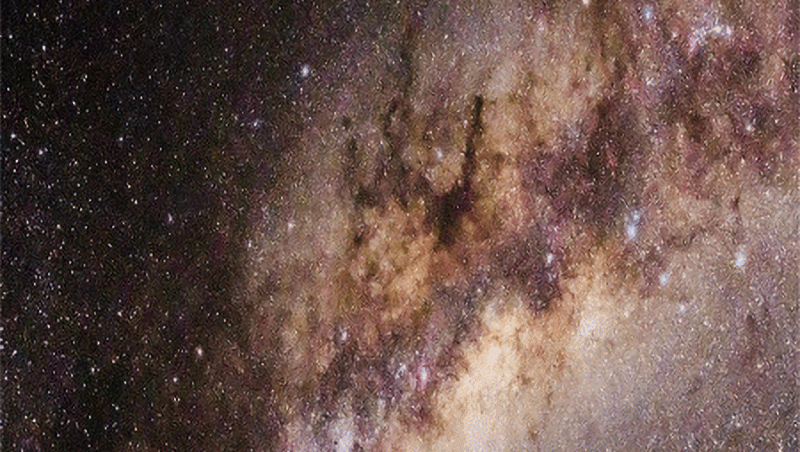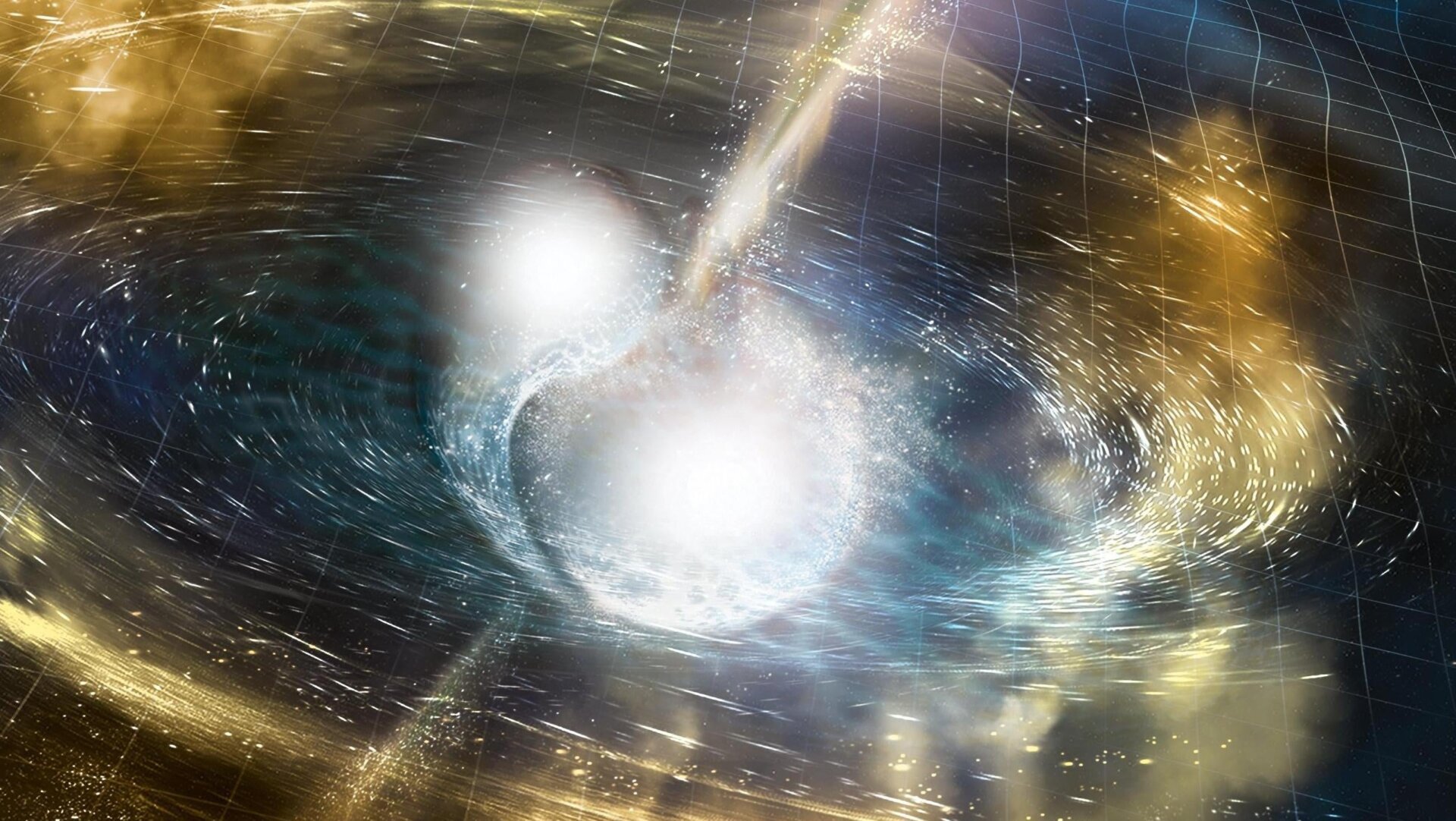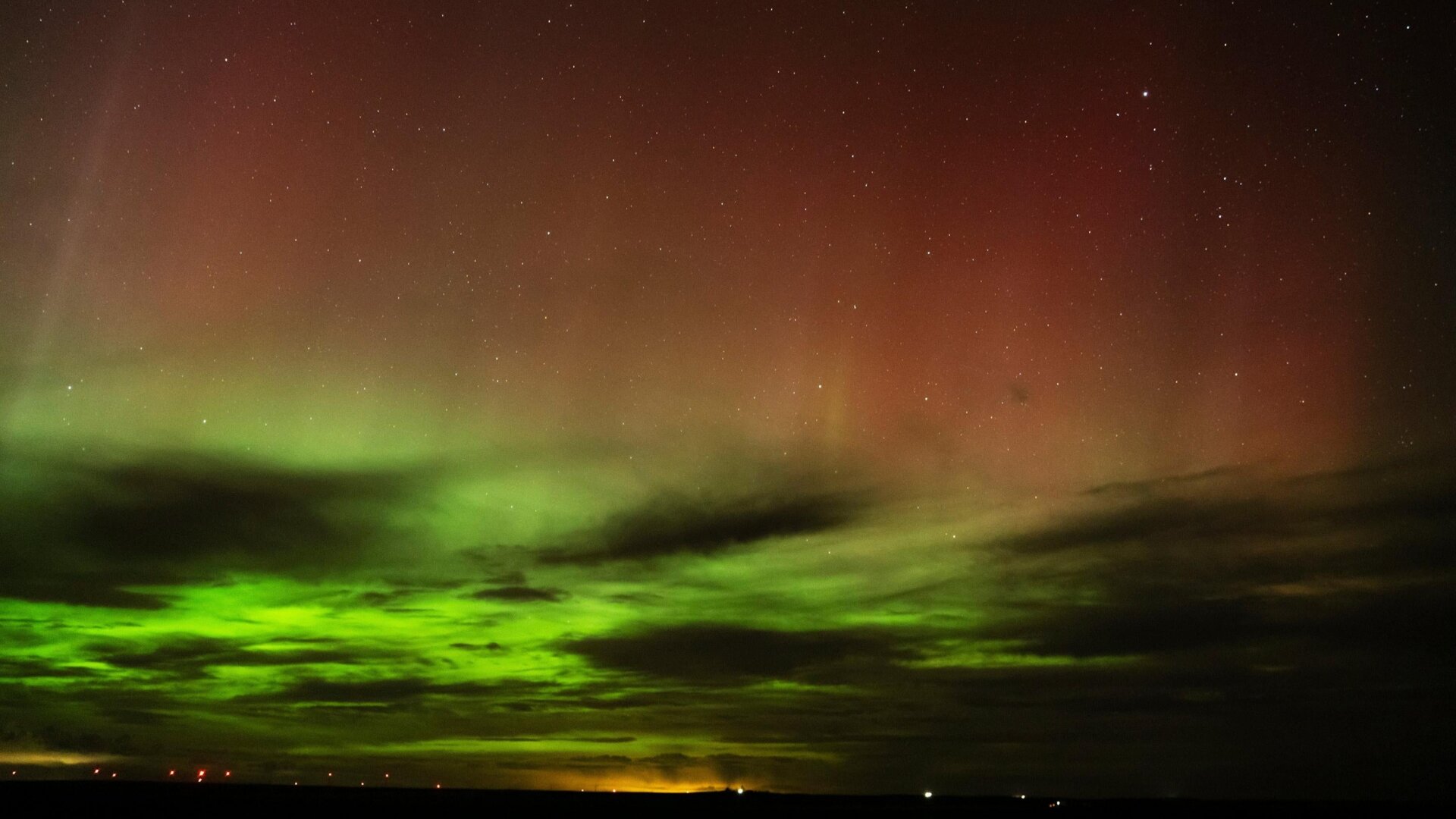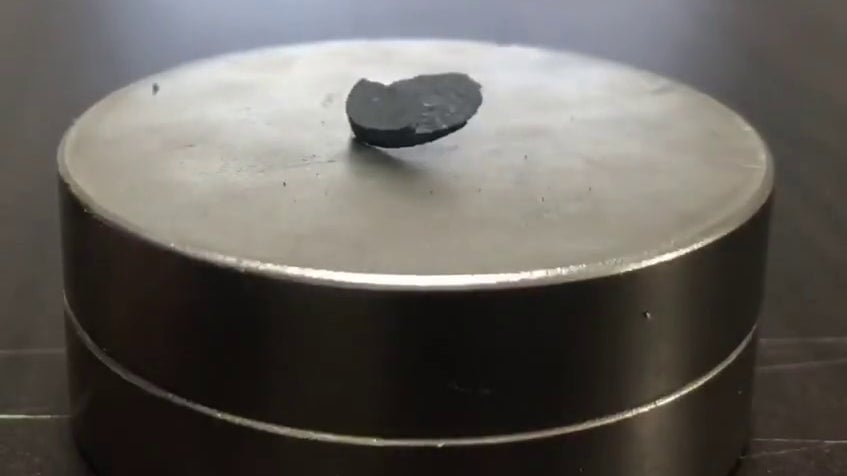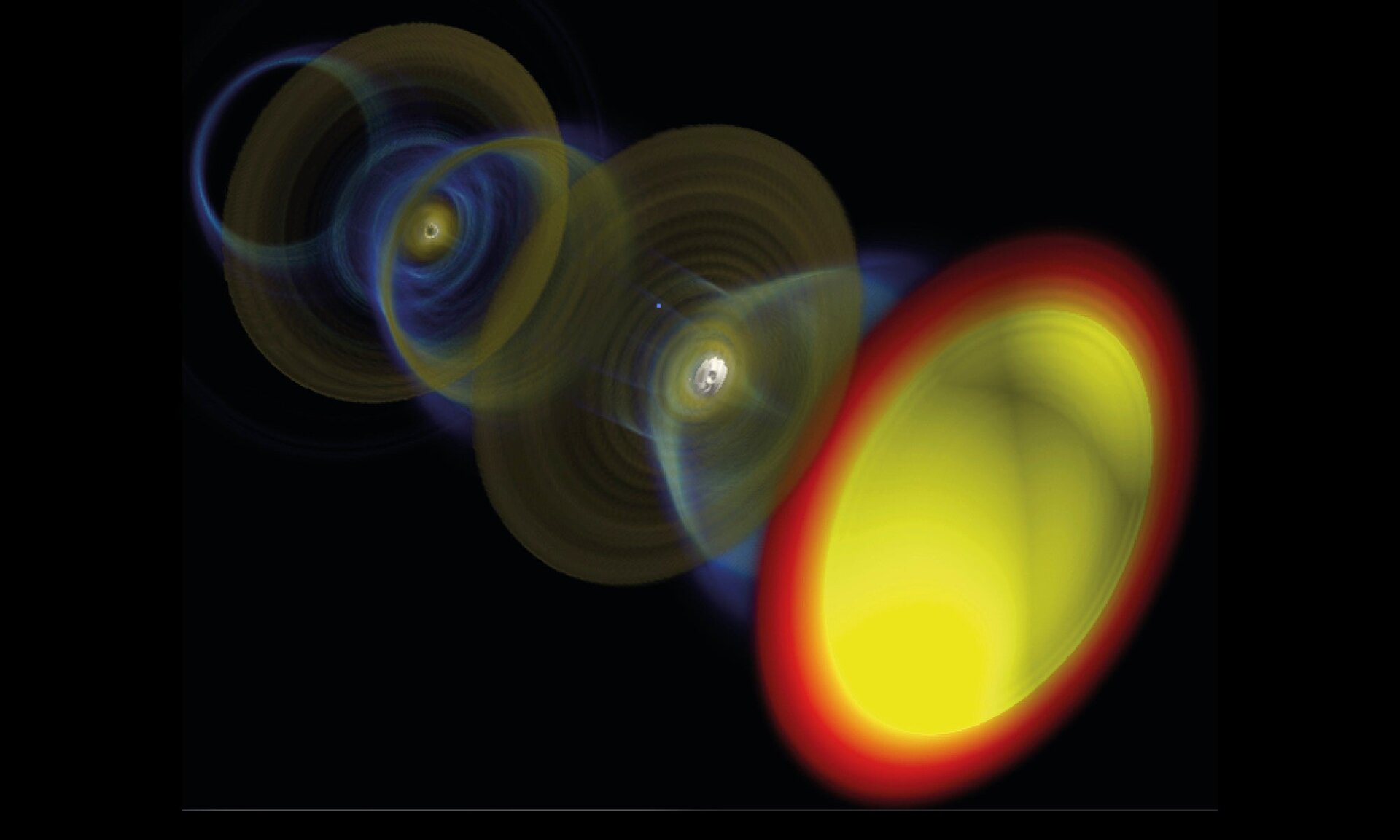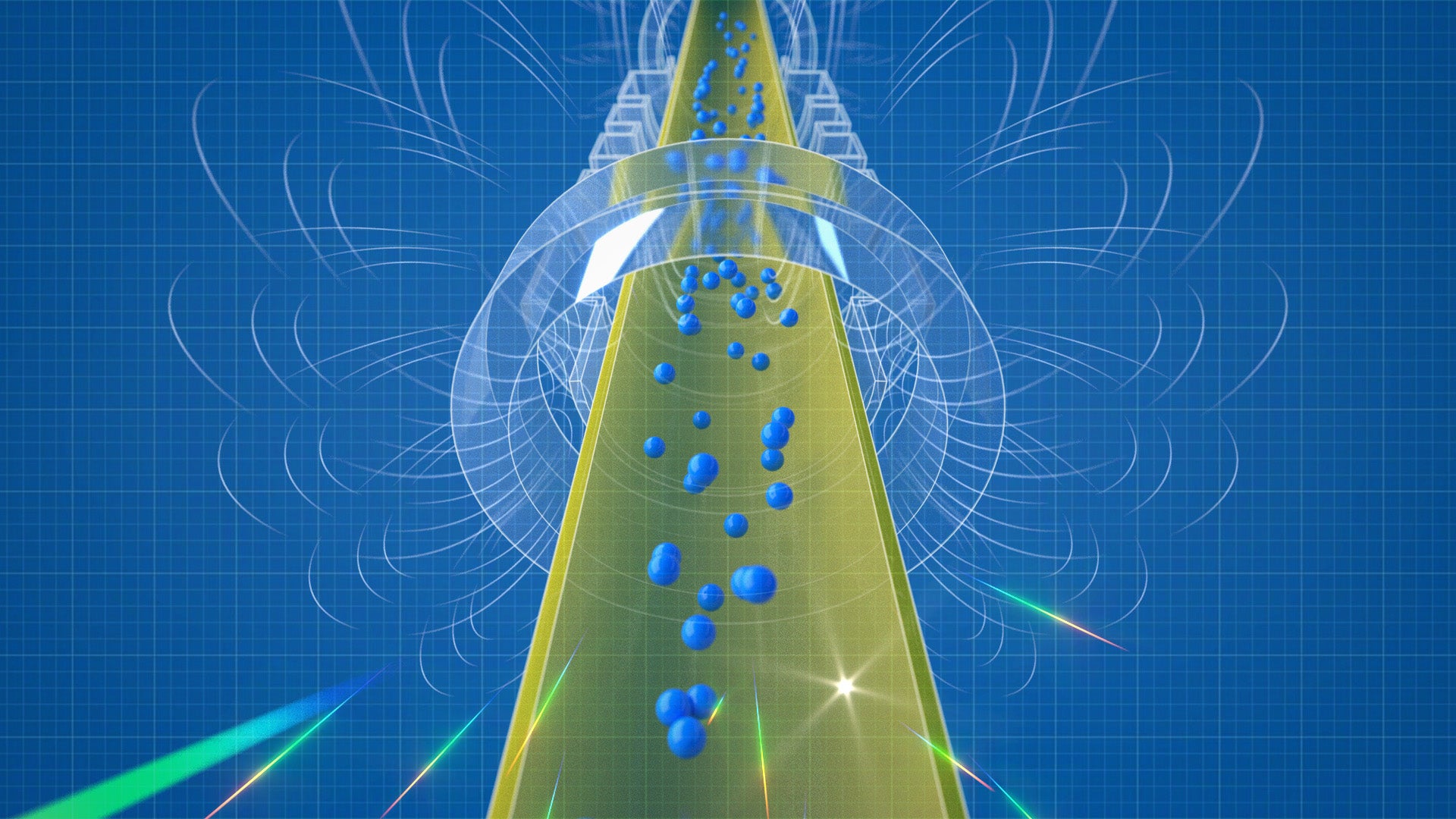Physicists have mathematically modeled a theoretical object, a topological soliton, that could mimic a black hole to Earth-based observers but actually be a star. This hypothetical celestial body, a smooth and stable structure akin to a skyrmion, warps spacetime similar to a black hole, but with a key difference: it emits scattered light. This intriguing possibility raises questions about the nature of gravity and the potential existence of exotic objects beyond traditional black holes.
What is a Topological Soliton?
Unlike black holes formed from collapsing matter, this topological soliton arises from the very fabric of spacetime itself. “They distort the cover sheet of spacetime without adding matter, simply using the degrees of freedom of spacetime itself,” explained Pierre Heidmann, a physicist at Johns Hopkins University and lead author of the study, in an email to MaagX.
This concept emerges from string theory, a framework aiming to unify general relativity and quantum mechanics. String theory proposes that fundamental particles are represented by one-dimensional string-like entities. The team’s research, accepted for publication in Physical Review D, explores this theoretical landscape.
Differentiating Solitons from Black Holes
“Our work has focused on developing novel idealized objects from string theory that can resemble black holes but fundamentally are not,” said study co-author Ibrahima Bah, a physicist at Johns Hopkins. This distinction is crucial for understanding and identifying potential objects beyond black holes predicted by a complete theory of gravity.
Both black holes and these theorized solitons scatter light, but a critical difference lies in the absence of an event horizon in solitons. While a black hole’s event horizon traps light, allowing nothing to escape, light entering a soliton can escape, albeit in a chaotic manner.
The intense gravitational force of the soliton warps the escaping light, creating a significant blur. This blurred light, caused by photons being intensely deflected, would make the soliton incredibly faint and difficult to detect with current technology.
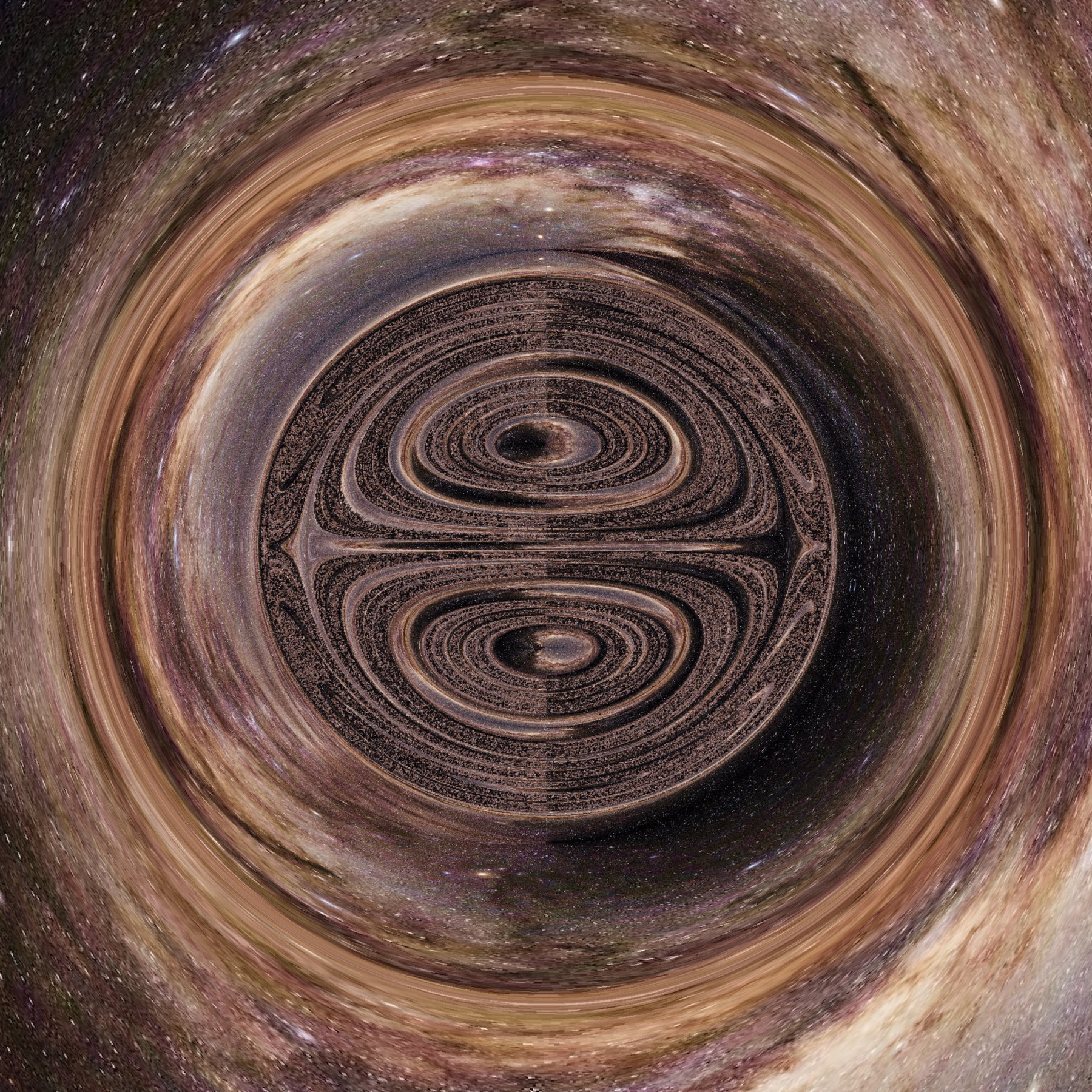 An illustration of the theorized topological soliton warping light.An artist’s impression depicts how light bends around the theorized topological soliton, resulting in a blurred appearance. Illustration: Pierre Heidmann/Johns Hopkins University
An illustration of the theorized topological soliton warping light.An artist’s impression depicts how light bends around the theorized topological soliton, resulting in a blurred appearance. Illustration: Pierre Heidmann/Johns Hopkins University
Why Topological Solitons Matter
Heidmann distinguishes topological solitons from other theoretical exotic compact objects like boson stars and gravastars. While the latter are constructed by introducing exotic fields into general relativity without a clear origin, topological solitons emerge directly from quantum gravity, offering a more robust theoretical foundation within string theory.
The Future of Soliton Research
Detecting these faint, black-hole-like objects remains a significant challenge. Advancements in telescope technology are necessary before any observational evidence can be gathered. Furthermore, progress in string theory research itself is essential to solidify the theoretical basis for solitons and other exotic objects.
While the Large Hadron Collider’s potential discovery of phenomena like supersymmetry could support string theory, the search for topological solitons remains a complex and exciting frontier in theoretical physics. This research opens a window into the strange and fascinating possibilities of the universe and challenges our understanding of the very nature of gravity.
Further Exploration
More: 10 Years After the Higgs Boson, What’s the Next Big Thing for Physics?



